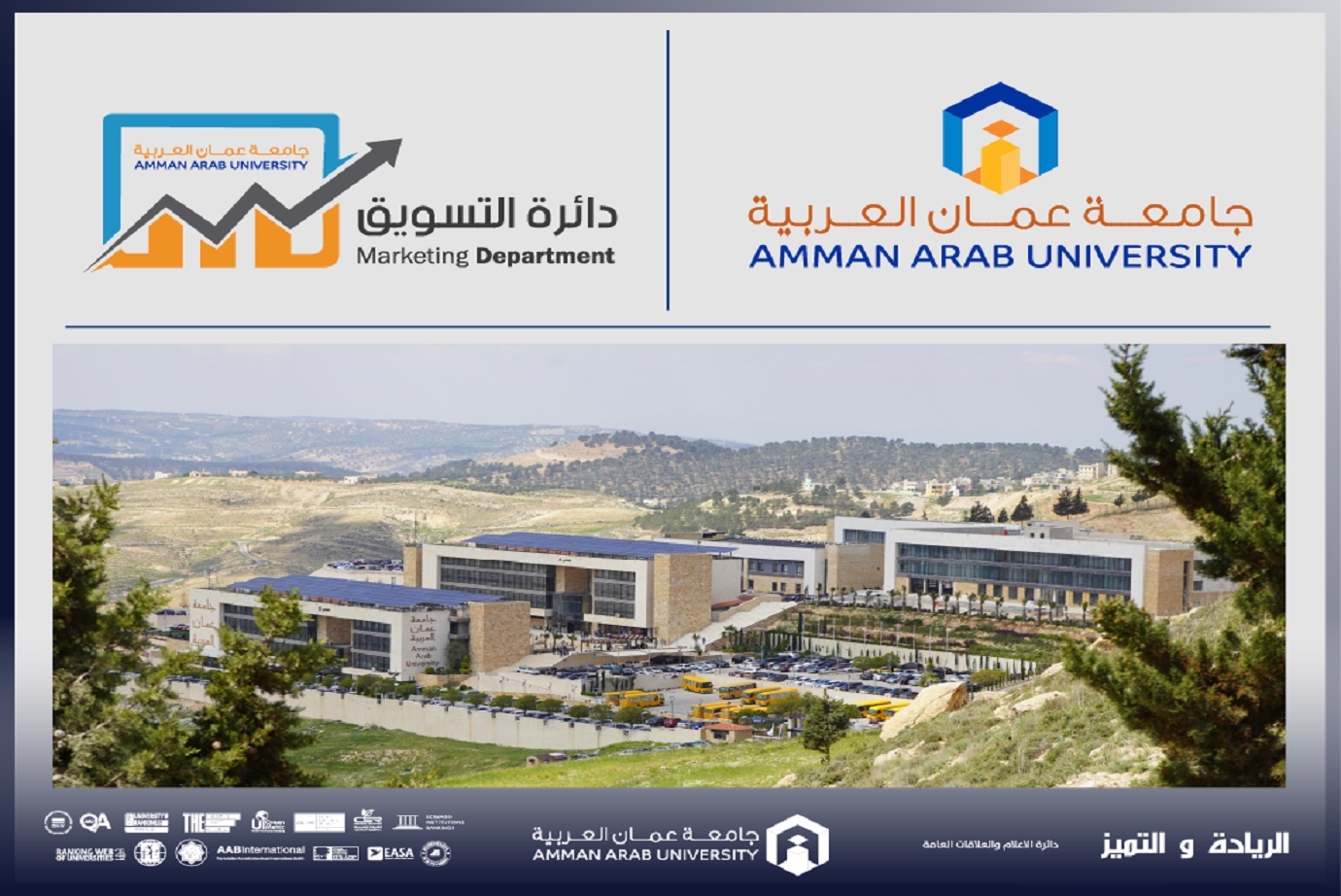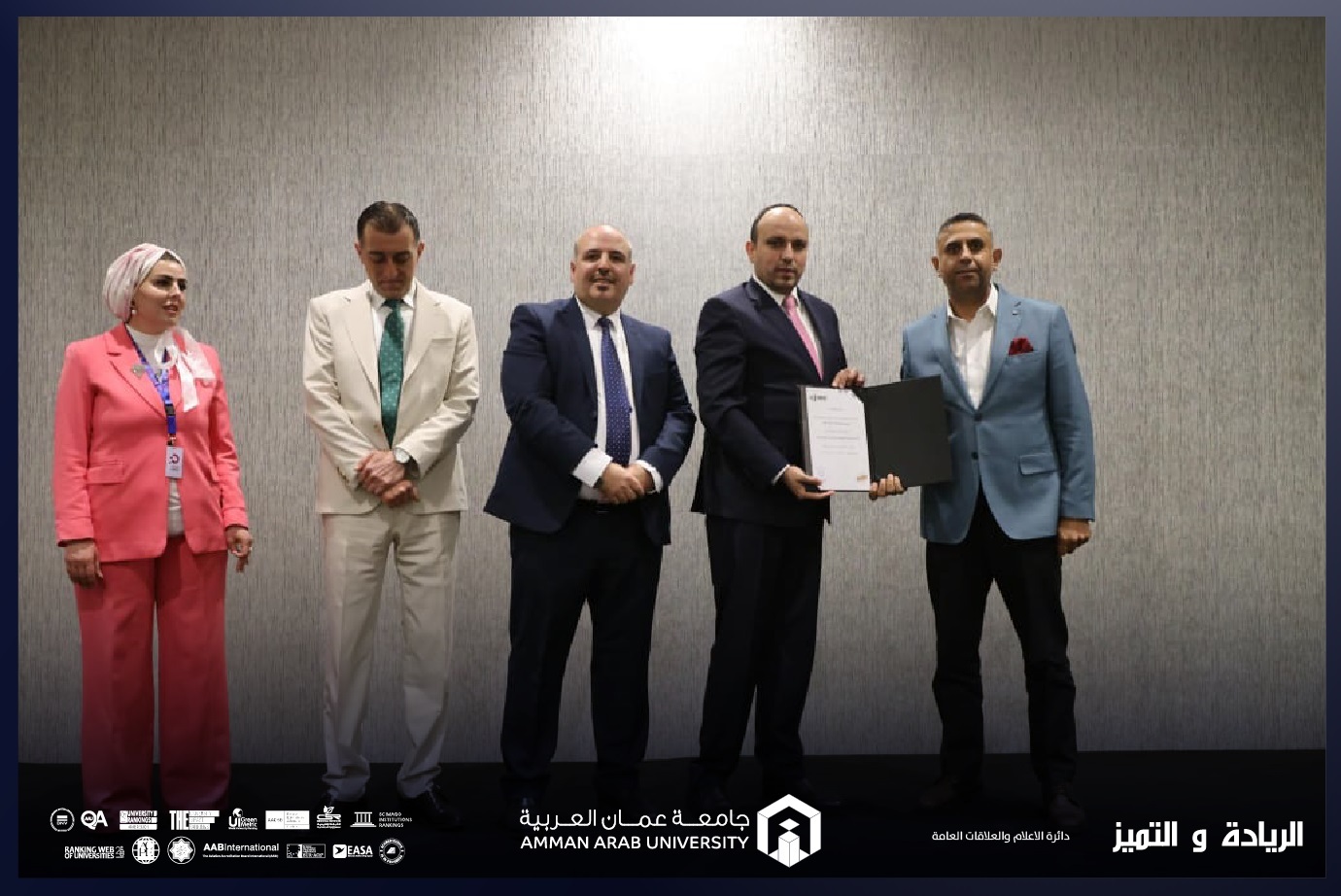Administrative Creativity and the Missing Link
By: Prof.Dr. Younes Megdadi
The literature of modern management science particularly in regard to the subject of administrative creativity, has indicated that it is the true key to the renaissance and development of institutions and in various sectors, which is based on the existing thought in the manufacture of creative ideas aimed at solving and addressing all problems and obstacles inside and outside institutions in an effort to advance them based on the development of all operations in terms of administrative, financial, human and technical dimensions in order to enhance its distinguished and competitive mental image in the internal and external community.
Corporate governance has realized the importance of administrative creativity in terms of content and benefits known to all and striving to keep pace with development and change as one of the strategic options for its advancement due to its direct relationship with the joints of career life, and its urgent need to implement its contents practically to have a share in catching up with the wave of institutional development, especially in light of the competition towards competitiveness by removing it and its reflections on the performance of institutions and their pioneering future, while taking care of them to get rid of the remnants of sterile traditional management ideas, short-sightedness and freedom towards continuous development and improvement and creative ideas based on creativity, which has become one of the most important requirements for qualitative development for various jobs, job titles and various job levels.
The essence of administrative creativity with its contents and outputs has become one of the foundations for building qualitative decisions, particularly for those in positions of administrative leadership as the executive bodies that establish administrative creativity, so that these decisions have clear and tangible results at various functional levels, and what is meant here is that administrative creativity is a reality It is not a slogan that cheers us up playing for the purposes of show and entertainment, but rather it should be a major criterion and a strategic direction to achieve what is called a qualitative shift for institutional work.
If we were all briefed about the state of many institutions in various sectors that do not please anyone in terms of the quality of performance as a main indicator that reflects its reality in terms of the environment and culture of institutions and their management patterns, administrative intellectual deficit, and their intellectual inability to deal with the formulations of administrative creativity, and this is due, we believe, to many reasons and factors related to moving away Institutions and their management about administrative creativity and not taking it seriously, and their contentment with sticking to the traditional concepts of sterile management based on personal interactions and judgments, the absence of pioneering administrative leaders with creative ideas and looking towards change and improvement, intellectual developmental vacuum, and preoccupation with work routines that enrich and "do not fatten from hunger", and fear from failure, avoiding the problems of creativity and its prerequisites, and the lack of the notion of administrative creativity in terms of existing and future institutions' policies, plans, and orientations...etc. Moreover as a result, the outcome of its moderate performance is as the phrase goes, "a step forward and ten backwards". This is an inevitable result of the absence of administrative creativity as a foundation for mapping institutional work paths.
Hence, we absolutely belief that the real treatment for improving and developing institutional work with its inputs and outputs is depend upon administrative creativity, with the adherence of administrative leaders to move towards qualitative change on the ground, looking forward to building an institutional future in harmony with the strategic institutional visions aimed at achieving qualitative excellence and competition towards competitiveness, which imposed the same applies to institutions instead of being satisfied with modest achievements that do not live up to the level of institutional ambition, not to mention the non-professional waste resulting from the absence of administrative creativity, which will increase the workload and work routine mixed with frustration and grumbling, and the absence of a competitive advantage in institutional work.
To put this into practice, institutional governance must take great care to establish a culture of creativity, including administrative creativity, in all aspects of career life as an institutional approach rooted in institutional work, encourage and participate everyone to put forward creative and applicable ideas, provide a fertile environment for creativity and its requirements, and improving the process of job recruitment for competencies to be the true nucleus for improving the inputs and outputs of institutions based on the quality of the human element, as well as setting qualitative standards and accurate professional specifications for the selection of its employees, including administrative leaders as important executive bodies, which are supposed to be at the level of responsibility by relying on work programs based on creativity to be The actual guarantor to achieving the desired qualitative change, improvement and development, and to see the experiences of similar institutions locally and globally to gain experience from them and benefit from their experiences, and to motivate and support those with creative ideas financially and morally. Accordingly, we will soon realize that institutions have become capable of overcoming many obstacles and functional and administrative problems, allowing them to progress toward qualitative change, institutional excellence, and competitiveness through efficiency, competence, and high professionalism in institutional work.







